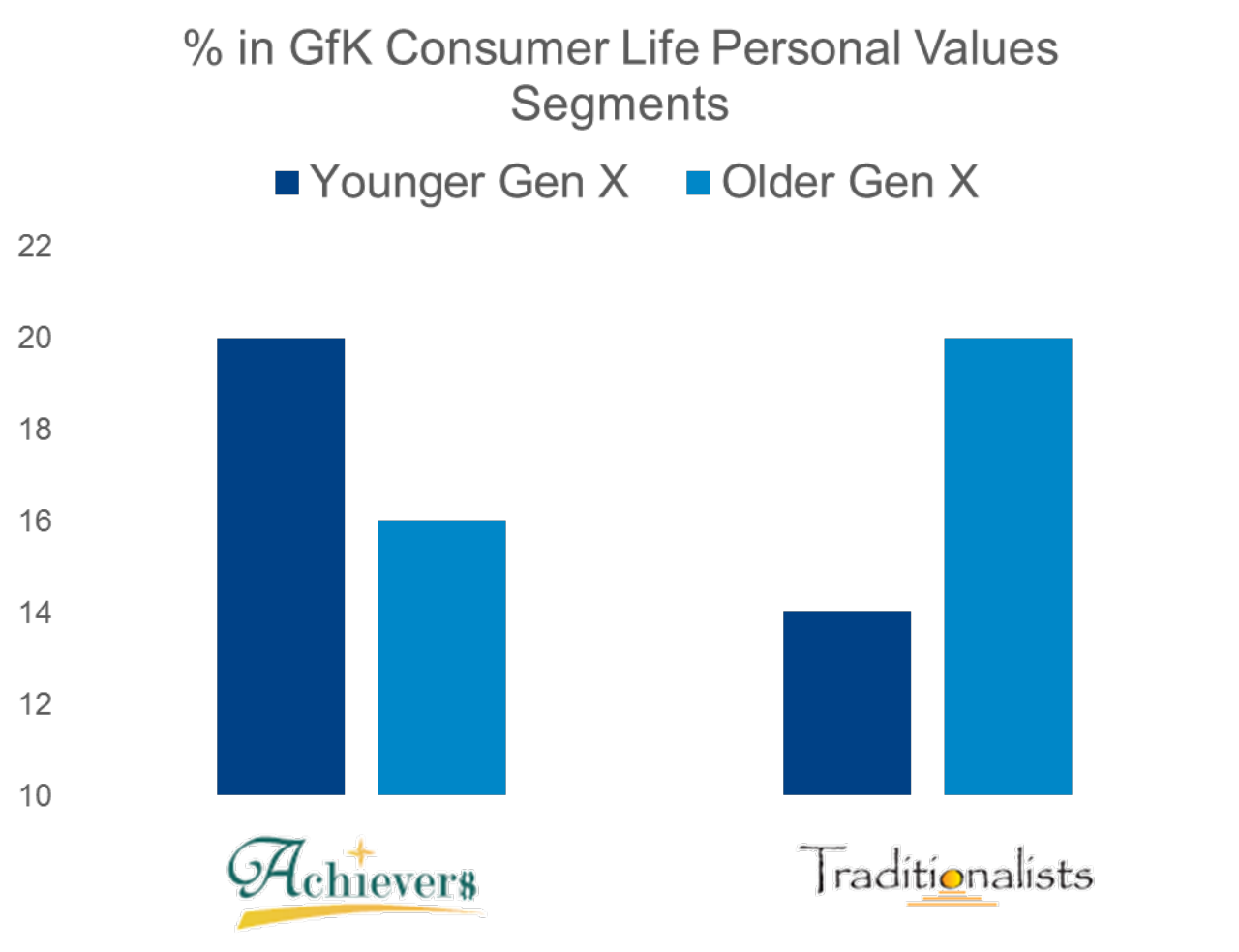I was born in 1981, after the malaise of the 70’s that produced Gen X, but before the tech boom of the early 90’s that shaped Millennials. Marketers would consider me the M-word, but I never really felt all too Millennial. So I finally felt like I had a generational home once marketers started talking about a new micro-generation called Xennials.
My colleague Rachel Bonsignore wrote a great piece on the viability of Xennials a few weeks ago. In fact, Merriam-Webster has included Xennials as one of the words they are watching for eventual inclusion in their dictionary. Her insights got the Consumer Life team thinking more about identifying other insights within generations. With that in mind, and in the name of science, I set my data lasers squarely onto my generational older sibling – Generation X. Indeed, an examination of Gen X (~40-53 years old) reveals many similarities across this 15-year band (well-done generational researchers, Gen X can stay). However, digging into the youngest of Gen X (age 40-44) does show some interesting differences when compared to slightly older Xers (age 45-50).
An illustrative example: Personal values of younger Xers vs. older Xers
Using GfK’s Consumer Life database, we looked at the personal values orientation of Generation X. Our analysis revealed that younger Xers tend to fall more into a personal values segment called “Achievers,” who are focused on material wealth and getting ahead in life. In contrast, older Xers are more likely to fall into the “Traditionalists” segment, made up of those who are more likely to value faith, tradition, and respecting ancestors.

These differences in personal values orientations are important cues that marketers use for innovation and communication strategy. For example, an Achiever will respond to messages that speak to success, wealth, and hard work. Traditionalists, on the other hand, will respond to communication themes like time-honored and heritage. These types of variances highlight the need for nuance when conducting generational research – especially in the age of big data and micro targeting.
What do micro-generational insights mean for our work as marketers?
Of course, a few data runs on Gen X does not a new microgeneration make, but it does mean that we need to use nuance when we think about targeting via generational insights. We can certainly continue to think broadly about a generation in 15-20 year bands, but it is also important to consider smaller age bands, life stage, and other demographic markers like income and education. In our work at GfK Consumer Life, we repeatedly uncover differences between younger and older millennials, for example, mainly due to drastic differences in their experiences with technology and the economy.
So, in your next generational project remember to look for the nuance and think critically about how your larger generational target may differ within itself. It will result in more fine-tuned innovation and communication strategies.
Tim Kenyon is a Vice President on the Consumer Life team at GfK. He can be reached at tim.kenyon@gfk.com.




